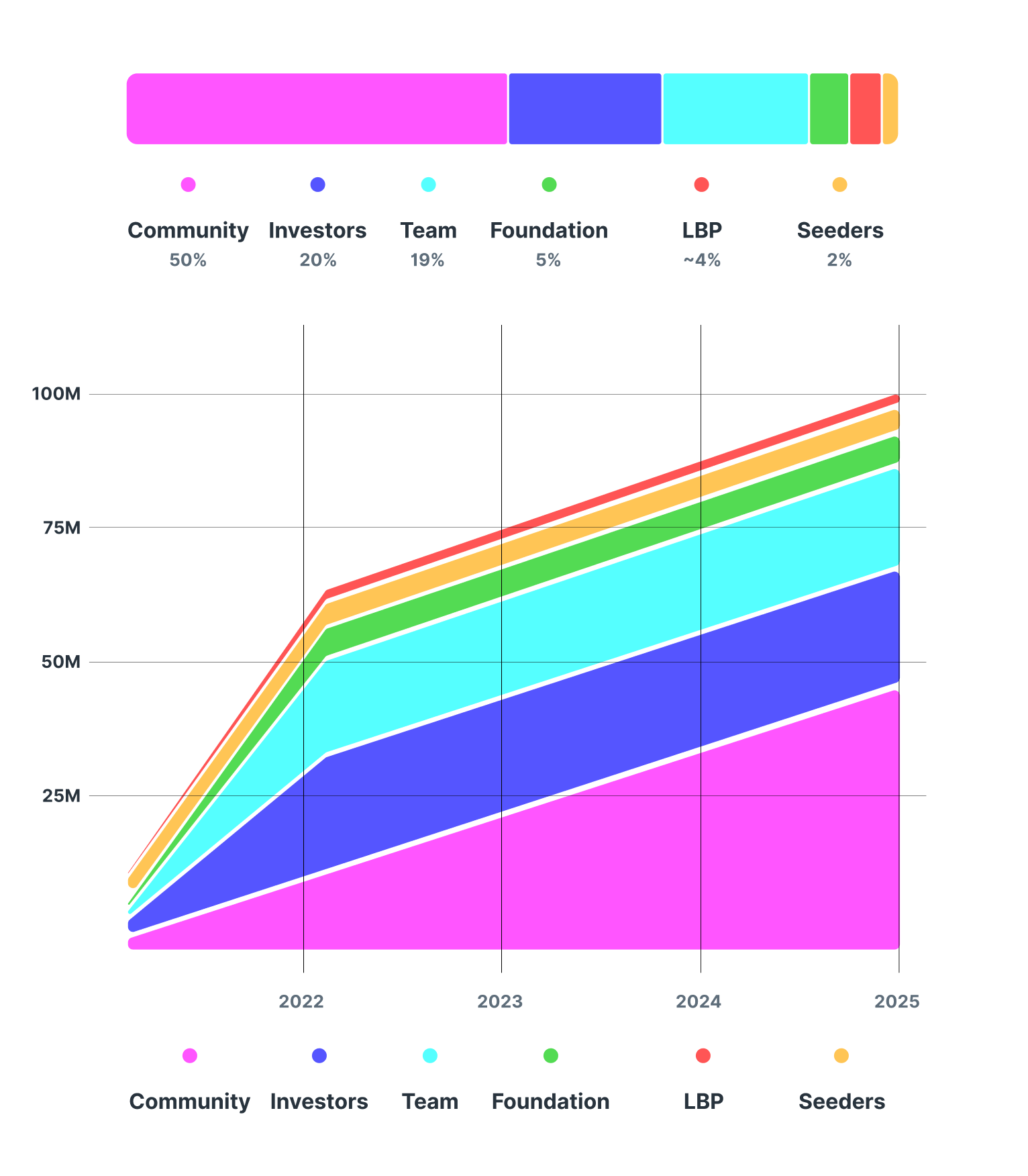Radicle is a new kind of code collaboration network built entirely on open protocols. At the core, there is a peer-to-peer code network built on Git. It allows developers to host and manage open-source software projects on a decentralized network of nodes owned by their peers, instead of centralized platforms like GitHub owned by companies like Microsoft. This is especially important in today’s world, where the power to control information – including code – lies in the hands of the few.
As an open-source tool, git itself is inherently decentralized. But demand for additional features drove much of its usage to centralized platforms. Indeed, GitHub added tremendous value to git and the open-source community by creating a kind of social network around the core service of version control, along with some community management features like forums, comments and issue tracking. By adding these popular features, Github found great success and established itself as a key piece of infrastructure for much of the world’s software.
Github did to git something similar to what Gmail did to SMTP, the protocol that runs e-mail. They extended its function to the benefit of all users, for sure, but at the cost of the very principles that made the original protocol great: decentralization not as an ideology, but to achieve maximum accessibility, security, and reliability.
Centralized control over the hosting of open source code is problematic. The growing trend towards censoring information on the internet is making its way to the open-source community, with the powers that be seeking to control what software can or can’t be written – and who can and cannot do it. Just in the past year or so, we’ve seen everything from growing community discontent and reliability issues, to random or geographic censorship and abuse of copyright laws. The perils of this kind of centralization are not unique to Github: they plague the entire Web 2.0 paradigm, and developers are taking notice.
Radicle takes a Web3 approach to the problem. Like Github, it embraces and extends git, but not in a way that creates centralized control over the infrastructure. Instead, it builds an independent peer-to-peer network to host your code and all the social interactions around it, so it’s impossible for any single entity to control what code goes on the network and who gets to work on it. This value proposition hit a chord: in its first 8 weeks of life, over 1,000 open source projects published their code to the Radicle network – and growing day by day.
But the architecture is not the only interesting thing about it. In February 2021, Radicle launched an Ethereum blockchain integration along with the creation of the RAD governance token. The Ethereum integration enables three important features:
First, Radicle uses the blockchain to create an ENS-compatible decentralized name registry owned by the users. This is important because one of the subtle ways centralized platforms exercise their power is through the control of usernames. The registry serves as a sovereign, application-agnostic alternative to a GitHub profile; a portable developer identity that is not locked to one platform and can’t be taken away by third parties. With Ethereum, each Radicle project and the user keeps complete control over their name.
Second, it enables individual repositories to be governed by their own DAOs, which are on-chain digital organizations organized via smart contracts. DAO-controlled means each project can choose their own internal governance model, from “benevolent dictatorships” to using their own internal tokens for voting on which code makes it to the master branch. On Radicle, projects actually own their infrastructure and are not at the behest of any third party.
Third, it enables decentralized funding of open source projects. Ethereum is home to tens of thousands of crypto tokens, from ETH itself and “wrapped” Bitcoin, to dollar-pegged stablecoins like Dai and USDC. With the Ethereum integration, it is now possible for any project on Radicle to raise funds into a project’s wallet in any Ethereum-based token, on the internet, with no intermediaries. This alone is a big innovation, prone to catalyze a new era of open-source funding.
Everything comes together with the $RAD governance token, which is also based on Ethereum. While the architecture of Radicle is decentralized, it’s still necessary to make decisions that affect the long-term development of the network as a whole. To not concentrate this power on the Radicle foundation and core development team, $RAD allows its holders to make and vote on community proposals. These can be anything from new features and upgrades, to how $RAD tokens are distributed from the network’s treasury out to projects, developers, and users.
Today, $RAD is held primarily by the project’s core development team and other early contributors, while 50% of the token supply is allocated to a community treasury controlled by token holders. Over time, that token supply will be distributed to those who create long-term value in the network: open source developers, and their contributor communities. The first step is the launch of a $RAD Liquidity Bootstrapping Pool to expand the token holder base – a proposal which, true to the Web3 ethos, will pass only with the support of token holders.
We have been working with the Radicle team for over three years, but this launch is just the beginning of the network’s journey. For the first time, we have a real shot at creating a developer-owned code collaboration network that can revolutionize the way open-source software is created, funded, and governed. Radicle’s success is that of truly-free software for the world, and we couldn’t be more excited to support the development of this system.




